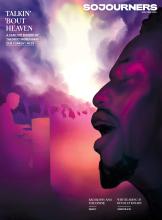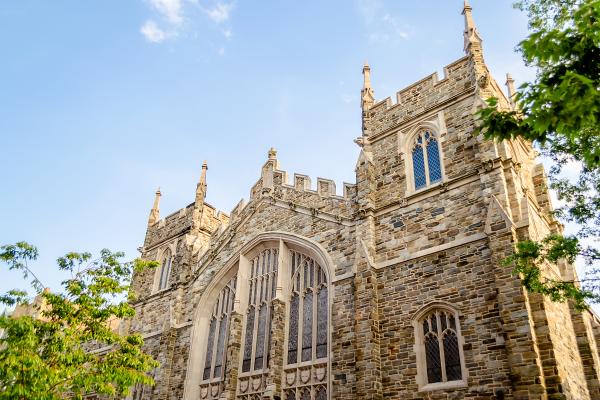Strange Glory: A Life of Dietrich Bonhoeffer is the second Bonhoeffer book by the University of Virginia religion scholar, Dr. Charles Marsh, whose many other books include analyses of civil rights figures and history. Marsh is himself a child of the south, and his authored works have centered on prominent figures who model a commitment to justice in the face of southern white supremacy. Strange Glory is no different. Marsh’s depiction of Bonhoeffer is the first cradle-to-grave biography to highlight the seminal nature of Bonhoeffer’s experience in America, with African Americans, for his prophetic resistance to Nazism. Marsh also speculates that Bonhoeffer harbored an unrequited longing for more than friendship from his student and closest friend, Eberhard Bethge. Yet, with Strange Glory, I find speculation about Bonhoeffer’s sexuality less intriguing than the question of what Marsh’s representation of Bonhoeffer intends to offer us today.
Bonhoeffer spent a significant amount of time in Harlem while he was a postdoctoral student in America at Union Theological Seminary during the 1930-31 school year. Bonhoeffer became a lay leader at Abyssinian Baptist Church, and many Bonhoeffer scholars believe that his time there was seminal for his prophetic Christian resistance to Nazis. Yet Bonhoeffer’s relationship with Harlem is somewhat ambiguous for the Bonhoeffer that Marsh constructs. Instead, he emphasizes Bonhoeffer’s travels through the Jim Crow South, positioning the south (or, southern blackness) over against the north or northern, Harlem blackness as the primary source of African-American Christian influence on Bonhoeffer.
In fact, Harlem blackness gets a bad rap in Marsh’s Bonhoeffer story with this juxtaposition of southern vs. northern blackness.
Read the Full Article

